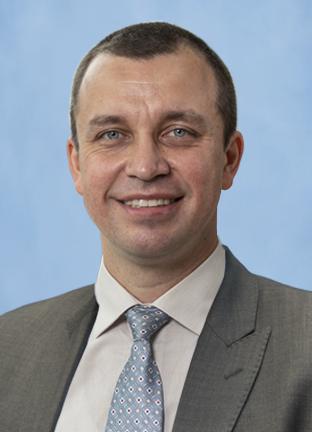Biography
Andriy Myronovych, is an Assistant Research Scientist in the Department of Surgery, University of Michigan School of Medicine. Dr. Myronovych received his MD degree from the Lviv Medical University, Lviv, Ukraine in 2003. After completing his residency in general surgery and receiving a scholarship from the Japan Ministry of Education, Culture, Sports, Science and Technology, he continued his education as a PhD student at the University of Tsukuba, Japan. He successfully defended his thesis on hepatic regeneration and obtained his PhD degree in 2010. In that year he moved to Indiana University-Purdue University Indianapolis, Indianapolis, Indiana as a research fellow, where he continued his research on liver regeneration. The following year, in order to deepen his knowledge in the field of hepatology, Dr. Myronovych underwent further postdoctoral training at Cincinnati Children’s Hospital Medical Center, Cincinnati, Ohio where he conducted research in the area of non-alcoholic fatty liver disease (NAFLD) and obesity. He joined the Department of Surgery at the University of Michigan, Ann Arbor, Michigan in 2014 as a Research Specialist and is currently an Assistant Research Scientist, following his promotion to this position.
Dr. Myronovych’s research interests lie in the areas of etiology and treatment of NAFLD and promotion of hepatic regeneration. The important goals of his research are to develop therapies for NAFLD as a comorbidity of obesity, and to activate adequate regeneration of the fatty liver. This research has the potential to benefit metabolically compromised patients who have undergone massive liver resection due to a tumor or have experienced living donor liver transplantation, in order to properly stimulate compensatory liver growth and maintain adequate homeostasis. Building on his previous research conducted in this field, Dr. Myronovych is aiming to understand the role of bile acids (which act as signaling molecules), the nuclear receptor FXR and fibroblast growth factor 15/19 (FGF15/19) in the amelioration of hepatic steatosis and promoting liver regeneration. His approach extensively utilizes preclinical experimental animal surgery models and molecular methodologies to investigate the underpinnings of these molecular mechanisms.

